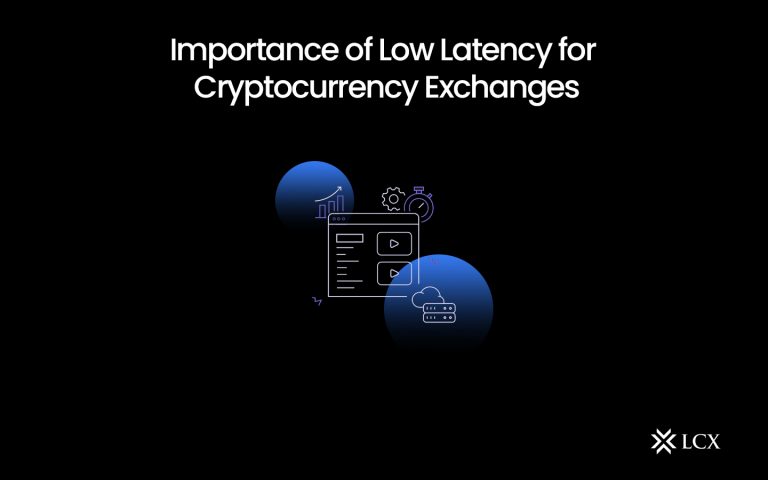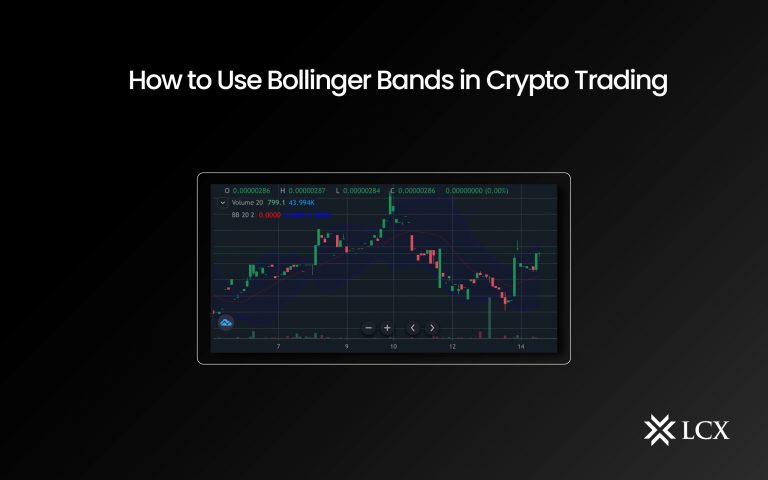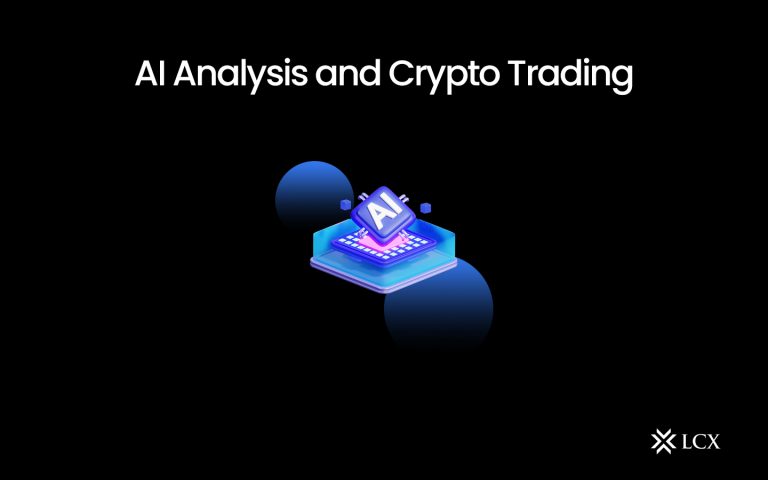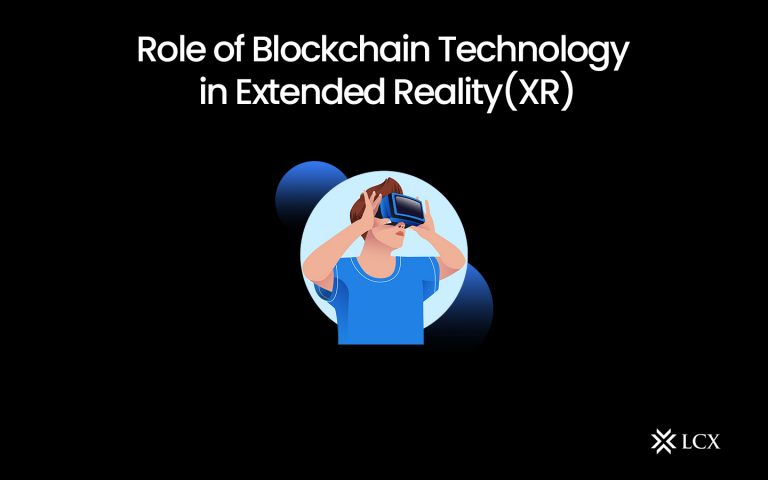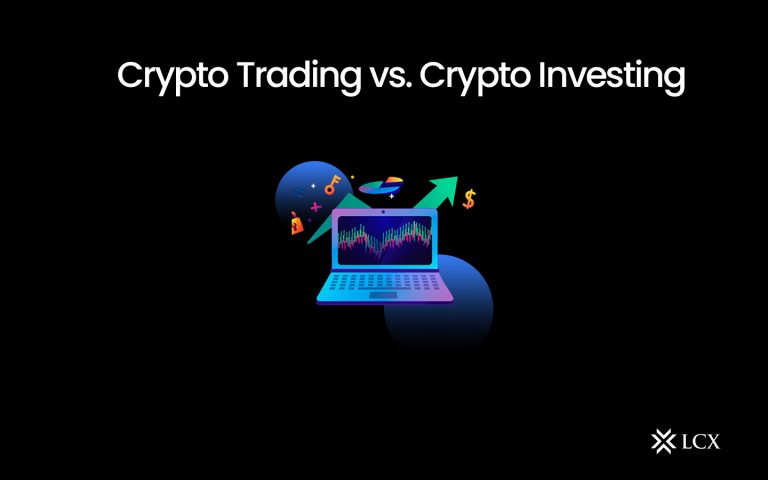In 2008, Bitcoin brought a revolution to the financial world. It digitized the investment industry and created a new medium of investment. But how can a program running on a computer network be worth so much money? Well, the answer is quite simple.
Bitcoin is only as valuable as the money people are willing to pay for it. Bitcoin’s fundamental component is its scarcity. Because only 21 million Bitcoins may be created, and the bulk (18.9 million) have already been minted, the rest will be completed by 2140. The Bitcoin halving is a significant event in the Bitcoin economy that significantly influences the parameters surrounding the minting of new bitcoins.
Bitcoin halving
To understand bitcoin halving, first, learn how bitcoins are created.
On the blockchain, a block is a file containing 1 MB of Bitcoin transaction records. Miners compete to add the following block by solving a challenging mathematical problem using advanced hardware. After completing the process, they produce a random 64-character output called “hash” and always lock the block so it cannot be modified. Miners receive Bitcoin for completing these blocks.
Miners were paid 50 BTC per block when the coin was first launched. Early users were persuaded to mine bitcoin even before it was clear how effective the network would be. After almost every four years until all bitcoins have been mined, the pace at which new Bitcoins are created reduces by half.
When did it start?
The first Bitcoin halving took place in 2012 when the block reward was halved from 50 to 25 BTC. The last three Bitcoin halvings occurred in 2012, 2016, and 2020. After a halving event in 2016, the incentive for each block produced was dropped to 12.5 BTC, and as of May 11, 2020, each new block mined generates only 6.25 BTC. The next halving event is projected to happen in 2024. This system will last until approximately 2140.
Why does it occur?
The total number of bitcoins available is restricted to 21 million. When the overall number of BTC reaches 21 million, the production of new ones will cease. Bitcoin’s halving ensures that the amount of Bitcoin that can be mined each block falls over time, increasing the scarcity and value of BTC.
When each halving was accomplished, the incentive to mine Bitcoin logically decreased. On the other hand, Bitcoin halvings are tied to large gains in the price of BTC, giving miners an incentive to keep mining more bitcoins while halving their payments.
Its relevance
- The halving event is significant because it represents yet another reduction in the rate at which new Bitcoins are created as the supply approaches its limit.
- A Bitcoin halving is frequently accompanied by significant market volatility. The supply of available bitcoins reduces due to the halving cycle, enhancing the value of bitcoins yet to be mined. Change brings with it the potential to benefit.
Effects of bitcoin halving
- Due to reduced supply and rising demand, halving often results in higher cryptocurrency prices, excellent news for investors.
- A halving event can raise the risk of a Bitcoin network attack by causing miners to quit, making it less secure.
- It piques people’s interest in the anonymity of digital assets.
- In anticipation of the halving, trading activity on the cryptocurrency’s blockchain will grow. The rate of price increases, on the other hand, varies depending on the logistics of each price halving.
- The number of real-world use cases for the money is gradually increasing.
- When the price of a cryptocurrency rises, the number of miners in the ecosystem falls, and vice versa.
- More news on Bitcoin and cryptocurrency.
Impact on bitcoin’s price
From its introduction in 2009, when it traded for pennies, to April 2021, when one bitcoin was worth over $63,000, the price has climbed gradually and substantially. It is considered that the halving has an overall positive impact on the bitcoin price. This is because halving doubles the cost to the miners, who are basically the bitcoin producers. These producers then modify their selling prices to compensate for their expenses, thus increasing the price.
Empirical research suggests that bitcoin values climb in anticipation of a halving, generally many months before the event. The first halving event took place on Nov. 28, 2012. At that time, BTC was around $12; one year later, Bitcoin had surged to nearly $1,000. A similar trend is observed after each halving event, thus explaining the impact of halving on the bitcoin price.
Conclusion
The Bitcoin halving creates artificial price inflation on the cryptocurrency’s network and reduces the rate at which new bitcoins enter circulation by half. The rewards scheme is intended to last until 2140 when the proposed bitcoin limit of 21 million is achieved. Miners will be compensated for processing transactions in the future.



